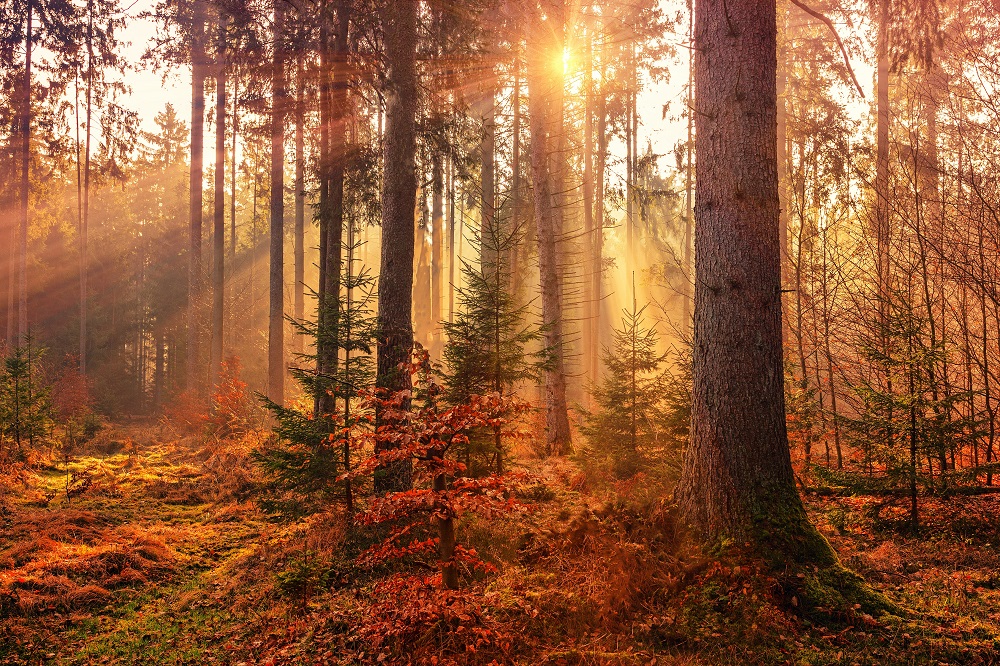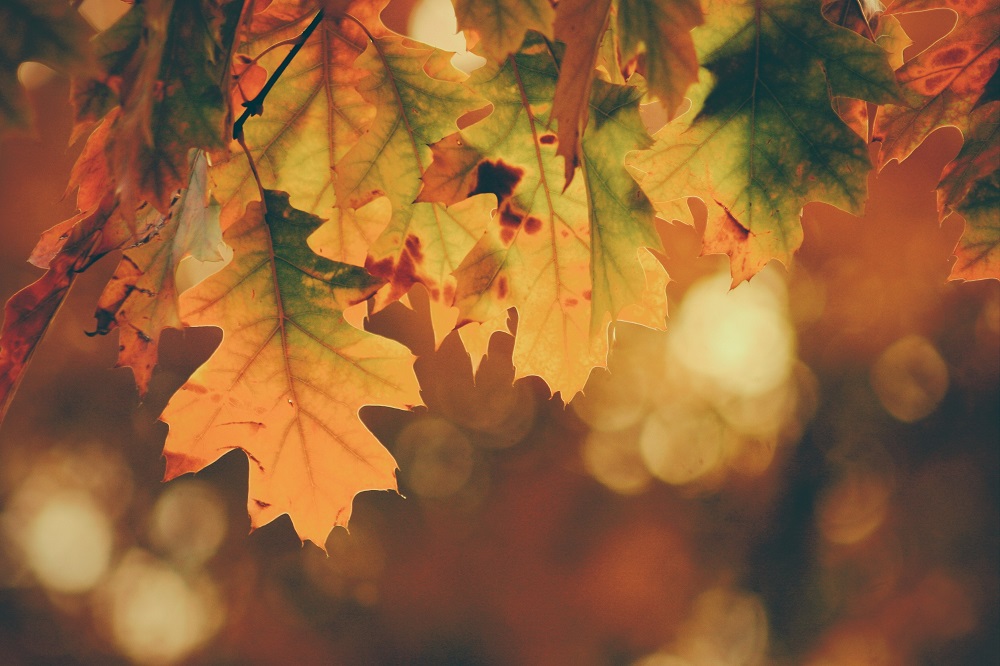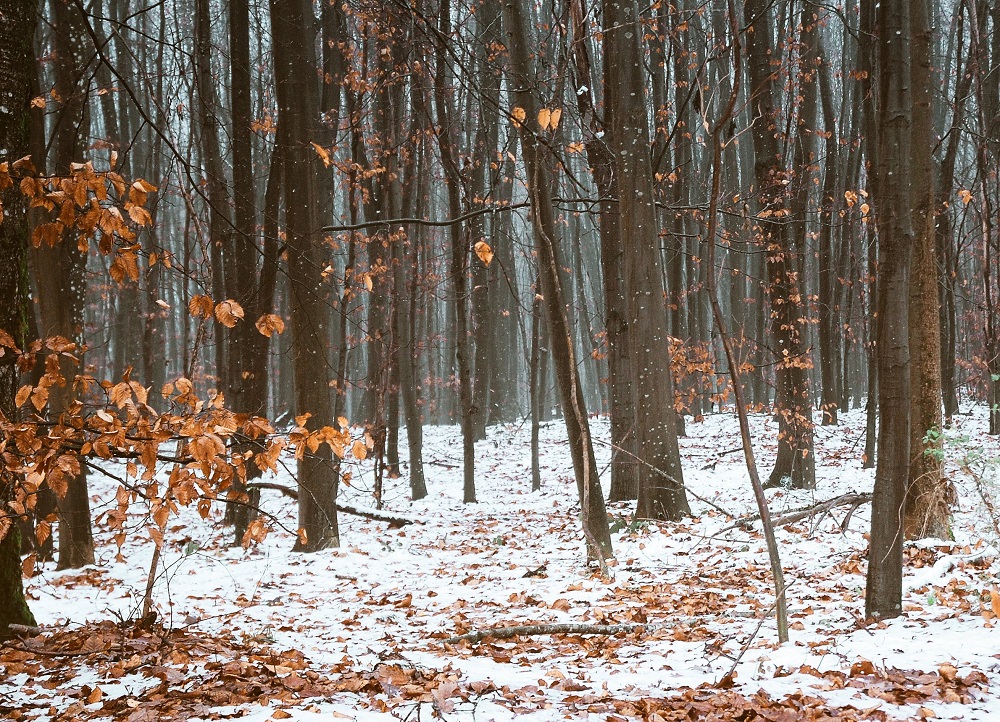
Katriina Kilpi, author of Haynes Publishing’s Forest Bathing manual, explains why Forest Bathing is good for us and how to practice it over the coming winter lockdown.
During the winter lockdown, it might be tempting to stay in in front of the TV, tucked up with a cup of tea. However, it is extremely important for our mental and physical health that on occasion we continue to go outside and interact with nature.
As daylight becomes scarcer, it is still important to get our fill of vitamin D, which is shown to have immune boosting effects. As spending long evenings in the park with friends is no longer an option, the UK needs new reasons to get outside, even in the cold, rain and the darker evenings. Forest bathing offers the perfect excuse.

What is Forest Bathing?
Forest Bathing is the Japanese practice of mindfully wandering at your leisure and placing your focus on the things you can see, hear, smell, feel and even taste. Stepping out of the human world provides us a much needed break from our daily grind and helps us to place things in perspective.

What are the benefits?
A forest environment has some particular physiological health benefits: the air is mostly cleaner and quieter. Therefore, the soundscape tends to be more natural. This has all been shown to have positive effects on our health.
In addition, coming in contact with clean and untouched forest soil has immune boosting effects, as the forest soil contains good microbes that keeps our immune system well trained.
There is the smellscape as well – the fresh smells from the soil, especially after the rain when the soil particles are kicked up into the air. In addition, the trees emit the phytoncides, which are the volatile organic compounds that the trees emit to fight off pests which researchers have found to strengthen our immune systems.

Can you go Forest Bathing during Winter?
Compared to the warmer months, these benefits may not be quite as intense in winter, however, the season offers some unique characteristics that can provide us with an interesting and engaging forest bathing experience
Many plants and animals now go into hibernation and even the sun now assumes a more subdued aspect, setting an example that many of us might do well to follow. It’s a season of deceleration, a time to take stock of what has been and what has yet to come.

Tips for Forest Bathing during the Winter months:
Try to pause on your walk through the forest and focus in on the winter air. Breathe in deeply through your nose. Focus on how the cold feels in your nose, on your skin and your cheeks.
Alternatively, look at the trees as you slowly wander through the forest. Take a moment to see how the branches move or, by the same token, how tranquil the now bare branches at the top are. If you are lucky enough to receive a snow cover, witness how the snow dampens the sounds of the forest, making everything quieter and seemingly more still.
Staying quiet and focusing on something so small can help you to relax, all while taking in the physical benefits of being in the forest.
There is also an indication that those who venture out into the forest in the early hours of the morning, particularly in the colder weather, even for something as leisurely as forest bathing, will feel more alive and energized after their walk.
Occasionally getting up off sofa during lockdown and picking up a new wellbeing hobby such as forest bathing could be the key to helping us get through the winter in a healthy and enjoyable way.
Katriina Kilpi is the co-author of Haynes’ Forest Bathing Manual, which is available now from www.haynes.com priced at £12.99.